A macro lens is a camera lens designed for photographing small subjects at very close distances. They can focus much nearer than normal lenses, allowing you to fill the frame with your subject and capture more detail. They are typically used when photographing fascinating close-up photos, like insects, plants, and small products.
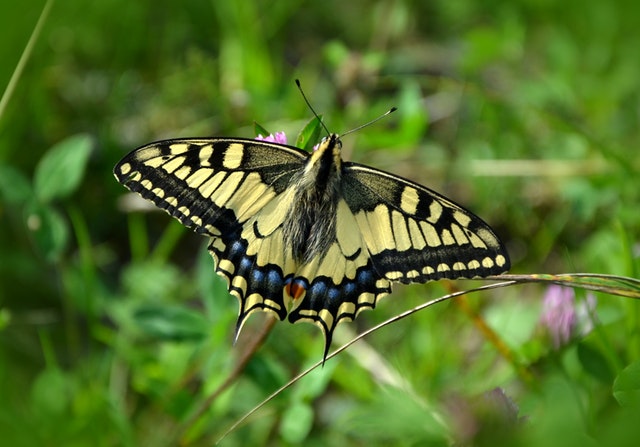
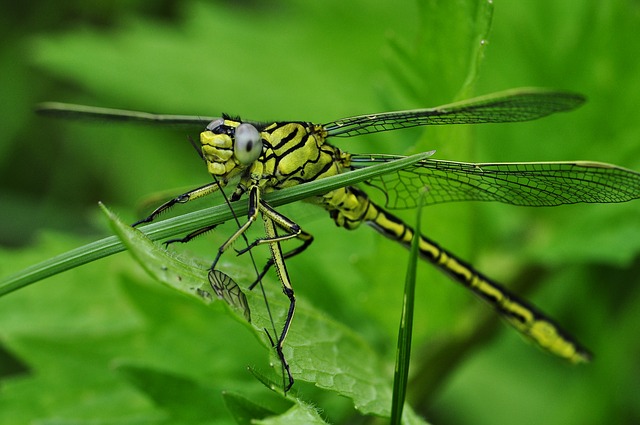
A macro lens offers stunning sharpness, contrast, and overall high image quality when focusing on the subject up close. While ‘normal’ lenses are optimized so that sharpness and contrast improve towards infinity focusing.
Macro lenses are actually quite versatile optics. As well as close-ups you can use them to photograph just about anything! What’s more, the quality you get from a macro lens is second to none.
So let us begin by discussing the most important factor in macro lenses; the magnification ratio.
What is Magnification Ratio?
Magnification describes the size of an object that appears on your camera’s sensor, compared to its size in real-life. For example, if the image on your camera’s sensor is 50% as large as the actual object, then the magnification is said to be 1:2 or 0.5X. In other words, the more magnification you have, the smaller an object can be and still fill the image frame, as the below illustration shows:
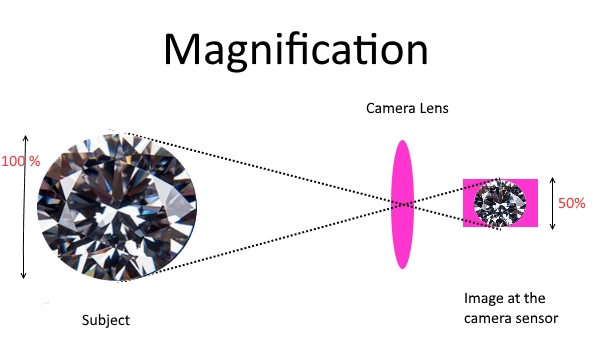
Magnification is controlled by just two lens properties: the focal length and the focusing distance. The closer one can focus the more magnification a given lens will be able to achieve.
The relation between the focusing distance and the magnification is given in the chart below (for a focal length of 100 mm).

True macro lenses are able to capture an object on the camera’s sensor at the same size as the actual object (termed a 1:1 or 1.0X macro). Strictly speaking, a lens is categorized as a “macro lens” only if it can achieve this 1:1 magnification and it is also called “life-size” or “standard”. So if a lens offers a magnification ratio of less than 1:1, it’s probably not a true macro lens.
The effect of sensor size on the magnification
What is the smallest object that can fill the frame? This depends on the camera’s sensor size. To refresh your memory, the sensor size (its dimensions) of a Full-frame camera is 26x24mm, for the APS-C sensor camera, its size is 23.6×15.7mm in Nikon or 22.2×14.8mm in Canon, and for The Micro Four Thirds sensor camera, the sensor size is 17.3x13mm. The table below shows the smallest subject size that can fill the sensor frame for different sensor sizes and magnification ratios.
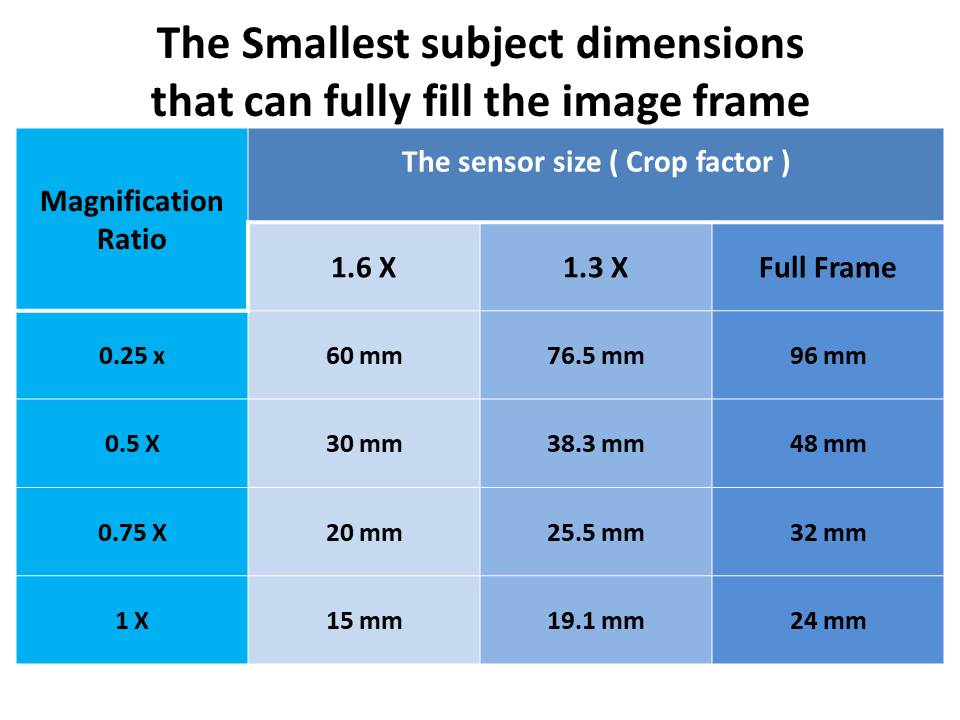
Macro Lens and Focal Lengths
Macro lenses normally have a fixed focal length (i.e. prime lenses). There are a few zoom macro lenses available but they tend to be of low quality and won’t achieve such high magnification ratios.
The most common focal lengths are around 50mm, 100mm, and 180mm. With short focal lengths (50mm to 60mm), you have to get much closer to the subject, which can be a problem when photographing things like butterflies, as they are easily scared away. Your shadow might get in the way of the shot. They are suitable for shooting non-moving subjects like a product and small items.
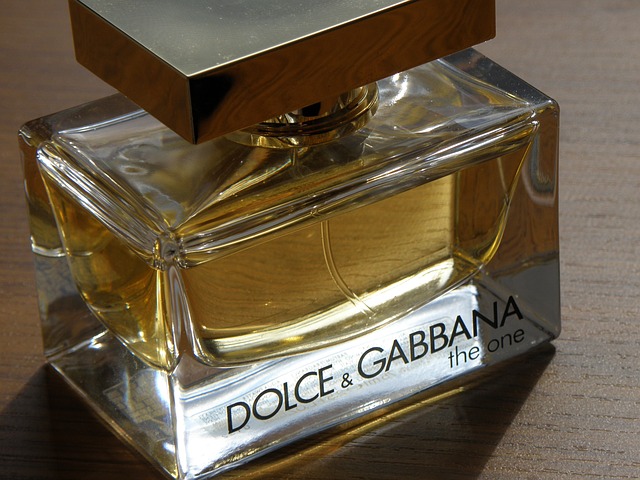
Macro lenses with intermediate focal lengths (90mm and 100mm) provide a good compromise between these factors. They tend to work well in a wide range of conditions, making them a popular all-around choice. They are perfect for shooting plants, insects, and small subjects.
Long focal lengths macro lenses (150mm to 200mm) give you a reasonable distance between you and the subject. They also give a narrower depth of field, allowing you to throw the background further out of focus, which can help to isolate the subject. They are suitable for shooting moving small insects and flying butterflies.

Minimum Focusing Distance of Macro Lenses
It is the closest distance your lens can be positioned from the subject and still achieve sharp focus. You’ll observe that the minimum focusing distance increases along with focal length. That’s because for 1:1 magnification, as noted in our discussion of focal length, you’ll need to be closer to the subject with a wider lens than you will with a telephoto lens.
Macro lenses are really flat field lenses
General-purpose lenses typically suffer from field curvature, so the point of focus will be at a slightly different distance towards the corners of the frame compared to the center. But all macro lenses have an important feature which is that they’re flat field lenses. So if you are shooting a flat subject, you will have it all in focus.
Macro lens & floating optical elements
Macro lenses use a “floating” optical element which constantly adjusts the lens’s internal geometry to give pin-sharp focusing, better contrast, and consistently high picture quality at all focus distances.
Macro Lens & Depth of Field
When you’re shooting at the minimum focus distance, the depth of field is extremely small. For example, with a 100mm lens on a full-frame sensor, it’s just 0.36 at an aperture of f/2.8, so only areas that are within 0.18mm in front of or behind the focus point will be rendered sharply. The following table shows the values of DOF at different aperture opening.

From the above chart, you can easily see that the DOF is very small at the minimum focusing distance and at a large aperture. If you want to have your subject to be sharp, you’ll have to stop the lens down to increase the depth of field. Even then you probably won’t get the entire subject sharp due to the very limited depth of field at very close shooting distances.
Because focusing is so critical, you’re usually best off switching to manual focus, so you can focus on exactly the part of the object you want to be sharp. Fixing the camera in place and using Live View is helpful, as you can select a magnified view on the camera’s LCD for high-precision focusing.
Macro Lenses & Image Stabilization
If you’re buying a macro lens solely for your macro photography and you plan to use a tripod at all times then, IS features aren’t all that important. But if you think you might shoot the odd subject handheld or use your macro lens for portraiture, then a lens with image stabilization feature will help you achieve sharper images.
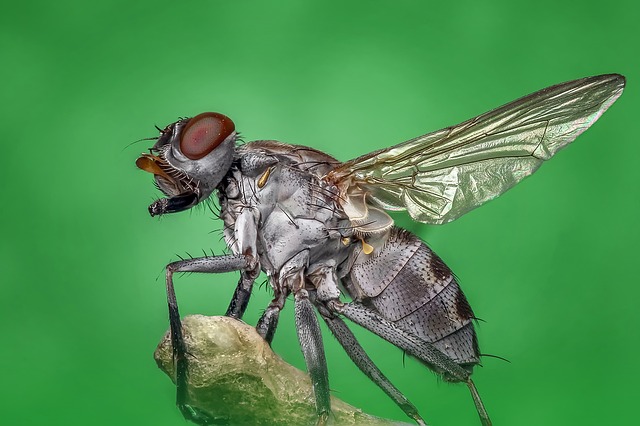
My recommended lenses
The following are some of the latest options for some Canon lenses that are perfect for macro photography. The table below shows the macro characteristics of my picks up.
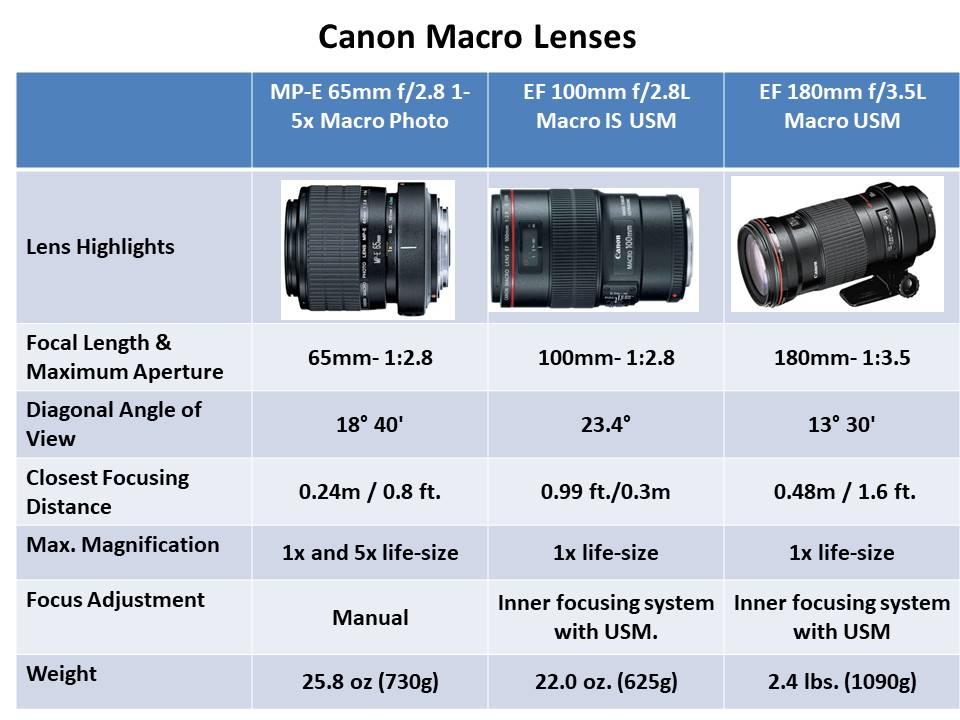
Canon MP-E 65mm f/2.8 1-5X Macro Lens
Product Highlights
- Manual Focus Macro Lens for EOS Cameras
- Aperture Range: f/2.8-16
- Ultra-Low Dispersion Lens Element
- Three Group Floating Lens System
- 1:1 to 5:1 Magnification Ratio
- Manual Focus
- Detachable, Rotatable Tripod Collar
- Mounting Ring for Macro Flashes
- Focus Range from Sensor Plane: 9.4-12.2″
- 58mm Filter Thread Diameter
EF 100mm f/2.8L Macro IS USM Lens
Product Highlights:
- 100 mm focal length and 1:2.8 maximum aperture. The EF1.4X II/EF2X II extenders cannot be used with this lens. There are no compatible close-up lenses.
- Lens construction consists of 15 elements in 12 groups.
- 4-Degree diagonal angle of view
- An inner focusing system with USM and full-time manual focus option.Closest focusing distance 0.99 ft./0.3m (maximum close-up magnification: 1x)
- 67 mm filter size
- 100mm lens with f2.8 aperture
- Canon’s first mid-telephoto macro “L” series lens to include Canon’s sophisticated Image Stabilization
- Near-silent Ultrasonic focusing
- Enjoy life-size close-up capabilities without an adapter
- Compatible with 67mm filters
Canon EF 180mm f3.5L Macro USM Lens
Product Highlights
- 180mm macro lens with f/3.5 maximum aperture for Canon SLR cameras
- 3 UD glass elements and an internal floating system combine to minimize aberrations
- Advanced ultra-sonic monitor (USM) for high-speed, quiet autofocusing
- The focusing distance range of 1.57 feet to infinity; supports EF Extender 1.4x and 2x
- Measures 3.2 inches in diameter and 7.3 inches long; weighs 2.4 pounds; 1-year warranty
As I am a Canon shooter I recommended the above lenses, Those are highly recommended if the budget isn’t a constraint but if it is so the Tokina at-X 100mm f/2.8 PRO D Macro Lens for Canonis a good macro lens on the budget.
Related posts
Macro Photography Tips And Tricks – Guidelines & Examples
Using Of Extension Tubes In Macro Photography – Your Full Guide!
An Overview of Reverse Lens Technique for Macro Photography
Thanks for reading, I hope you enjoyed the article if you have any questions just post them below & I will be happy to answer you.
If you enjoy the site, don’t forget to subscribe, we will only inform you when a new article is posted.

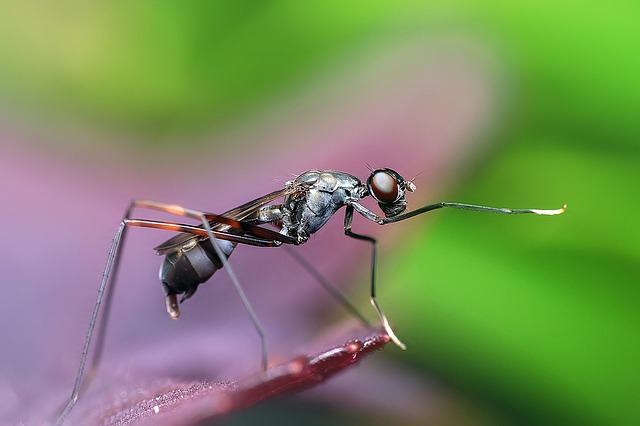


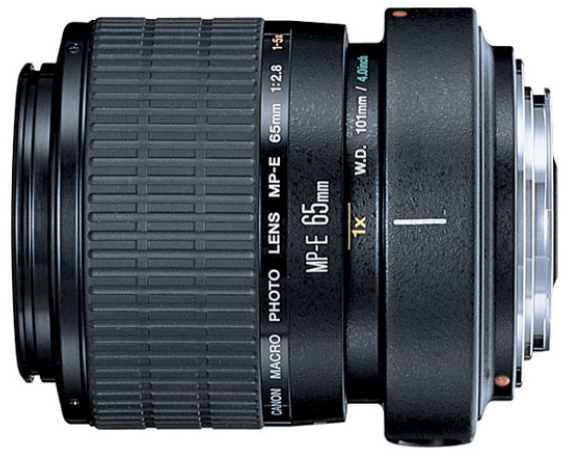
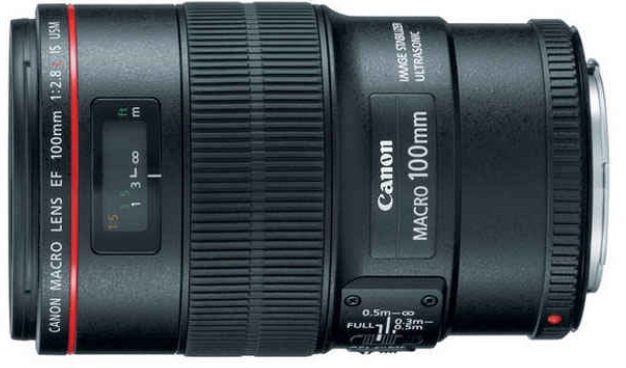
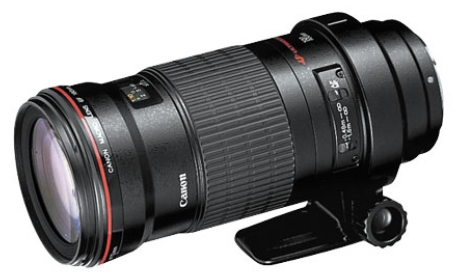

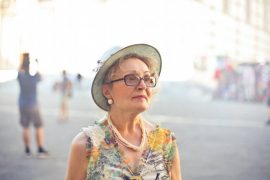
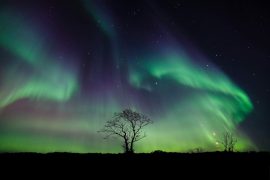

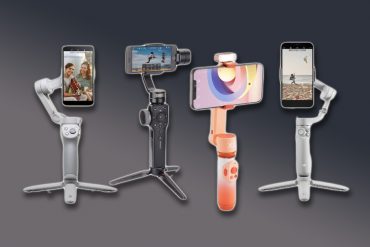
I really like this blog. The equipment section isn’t as helpful for me but I just read all the real estate tips and think ts really great you did that. I do social media for a real estate agent and your tips and suggestions were all spot on! I’ll definitely be around ( I shot you an e-mail) and I think you have so many great directions to go in.
Thanks, for the comment
I just got educated, I just realized that you can do so much with the right macro lens for your camera when capturing small objects. I loved macro lenses with stabilizers such good picture quality. The pictures you used on this post made me read to find out how to achieve such good quality and this article was very informative and easy to understand even for someone like myself who does not have a background on photography!
Thanks for the comment.